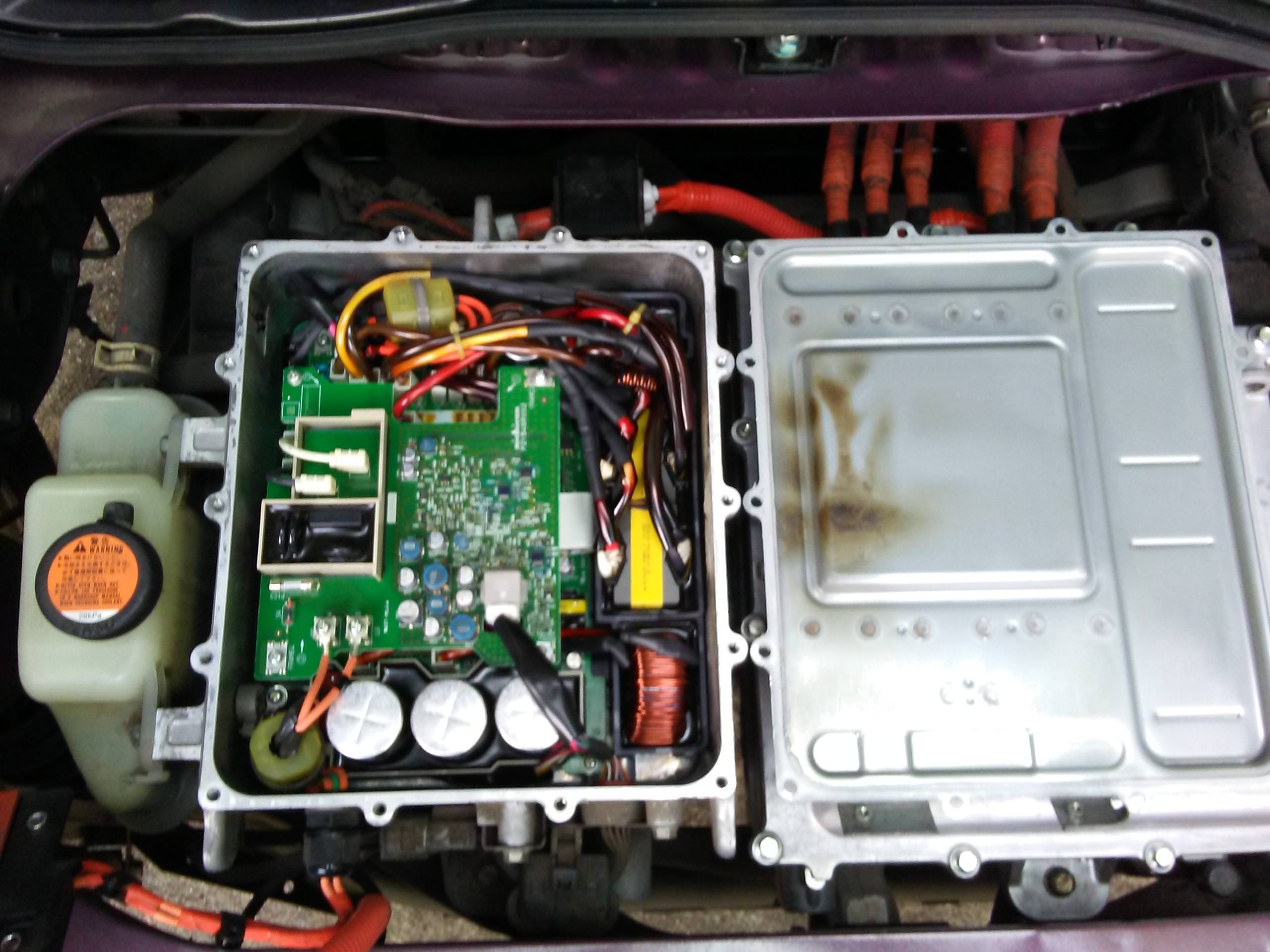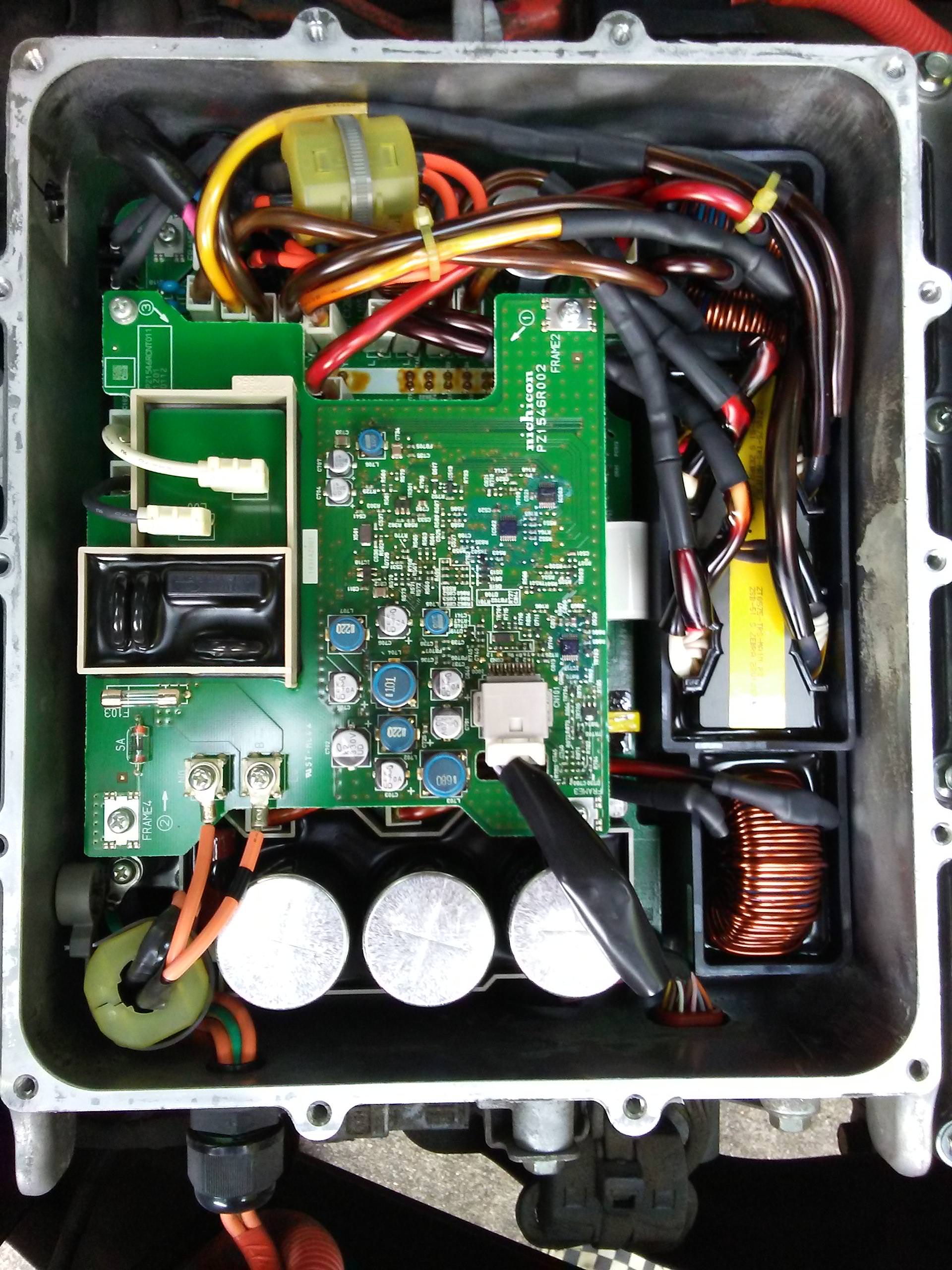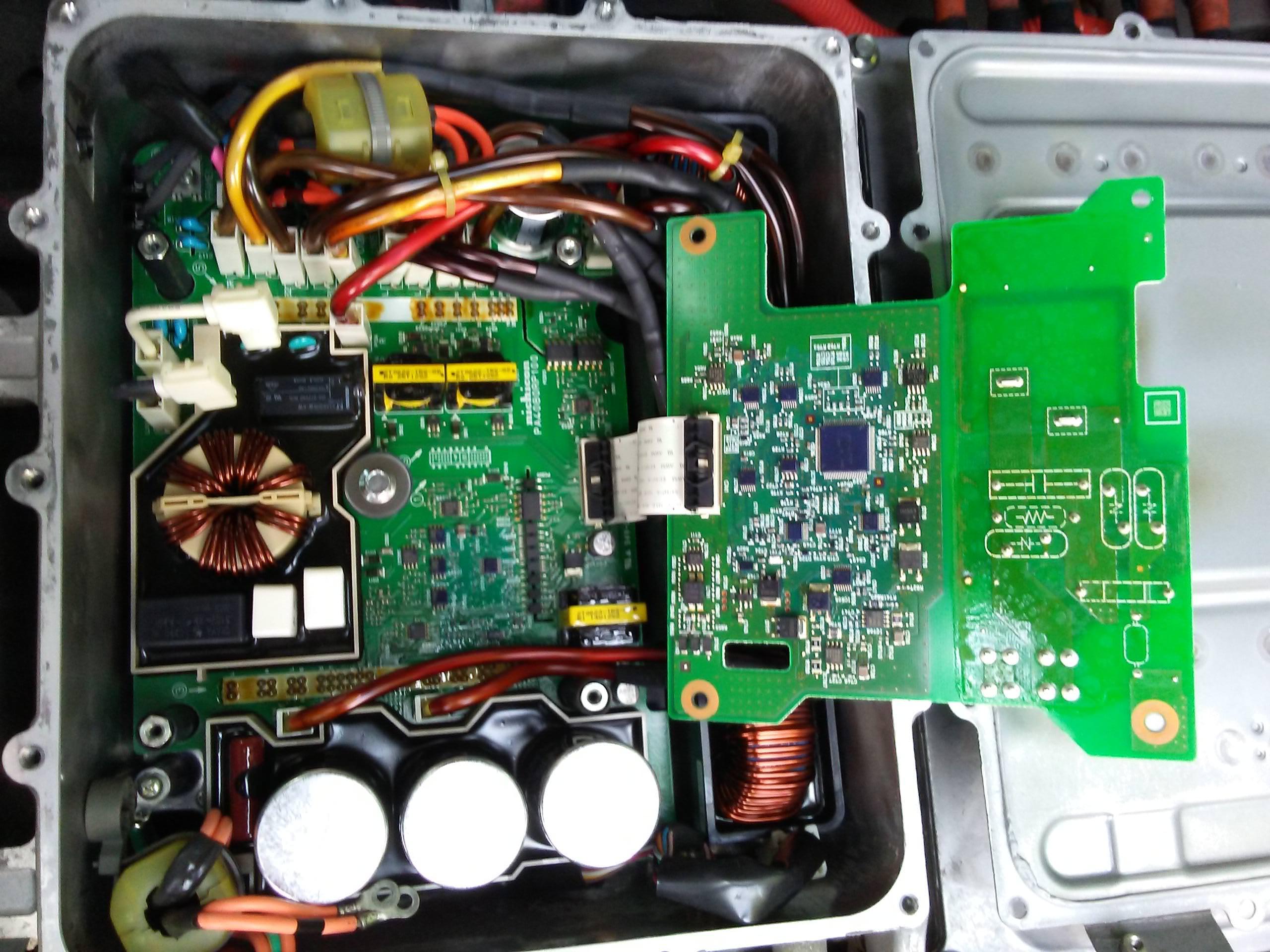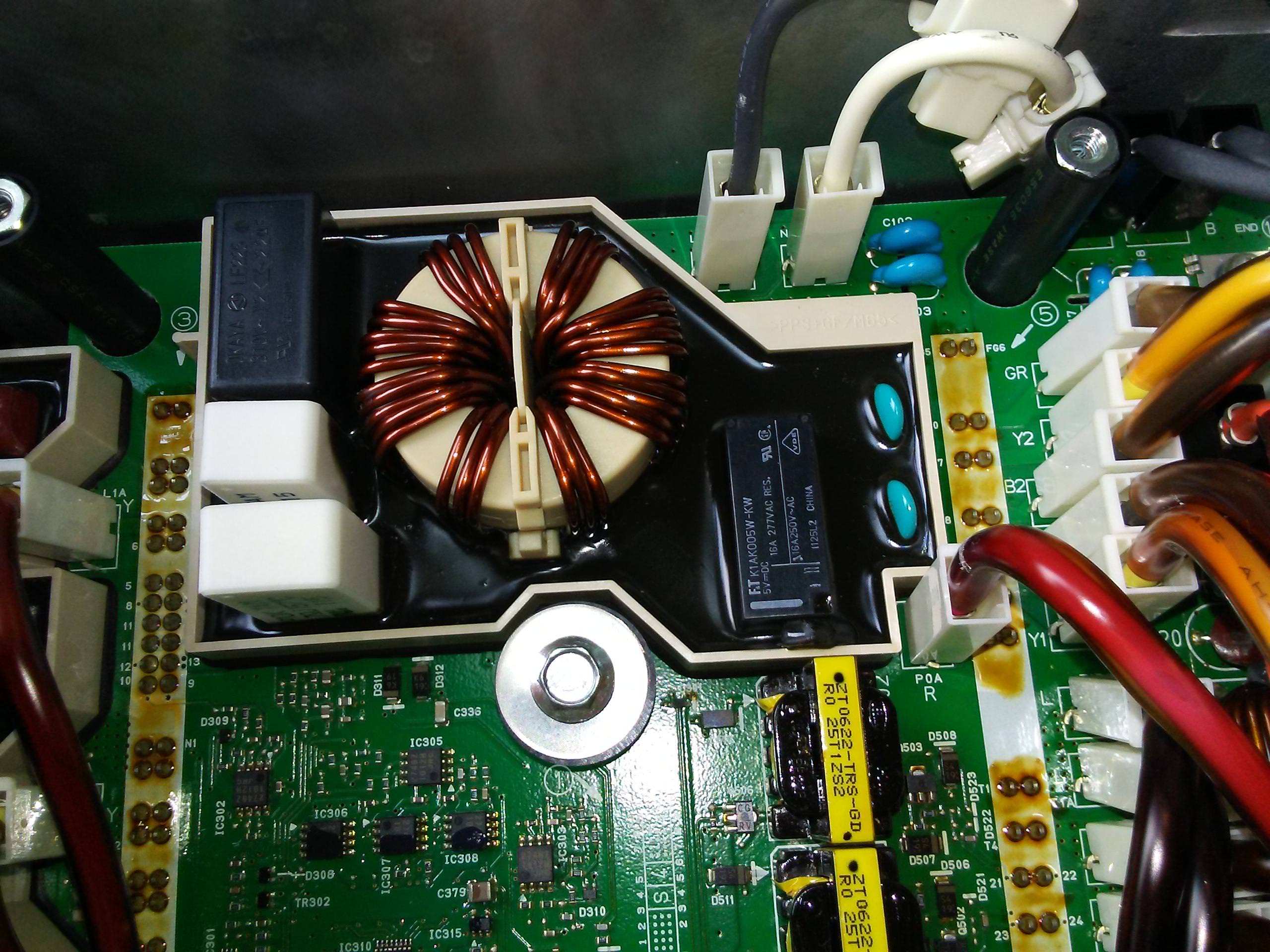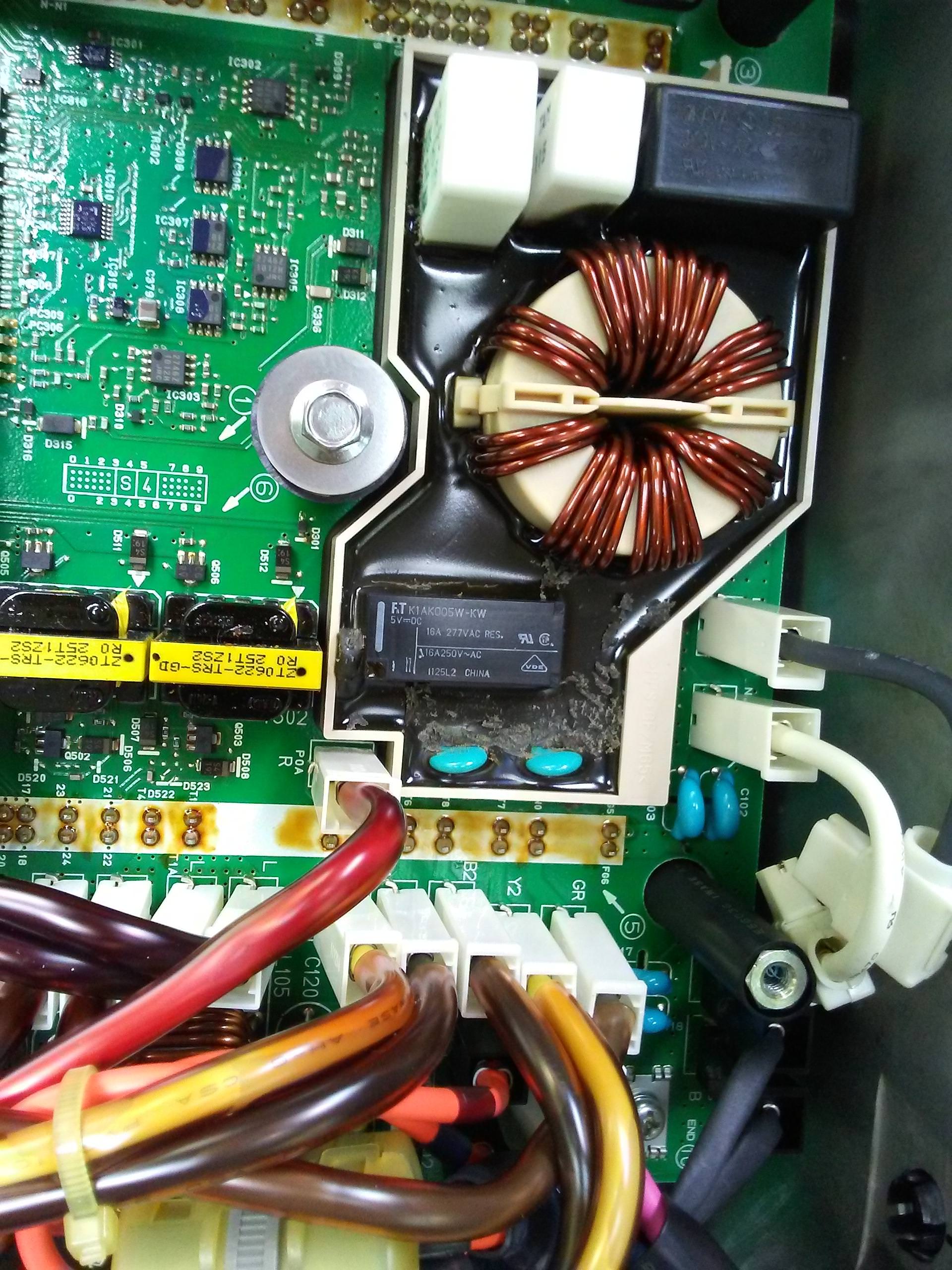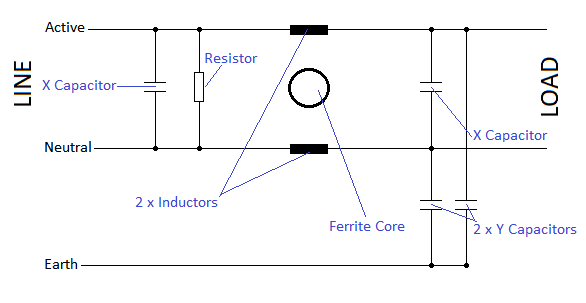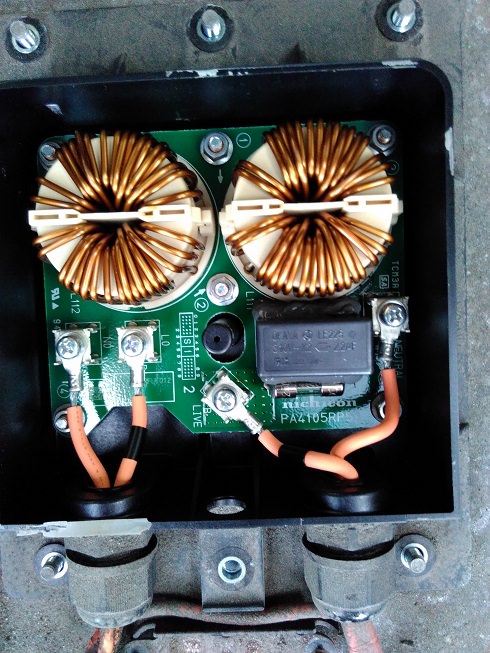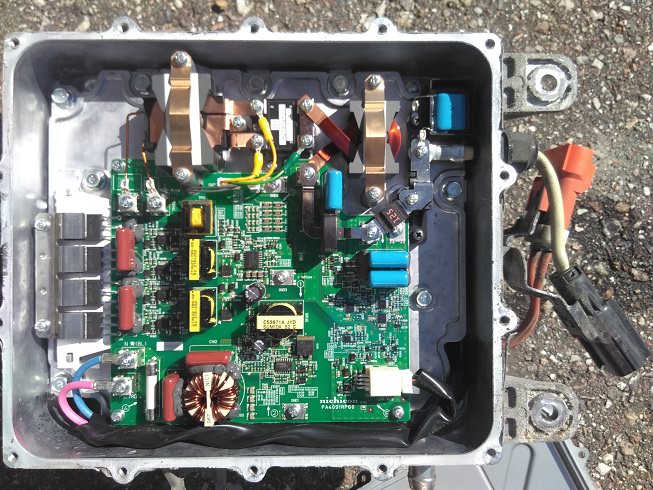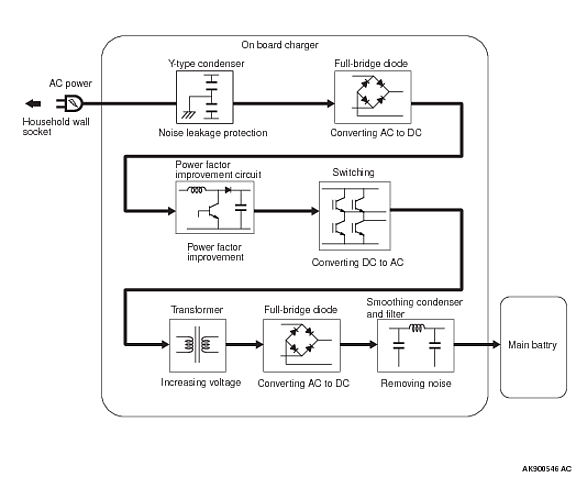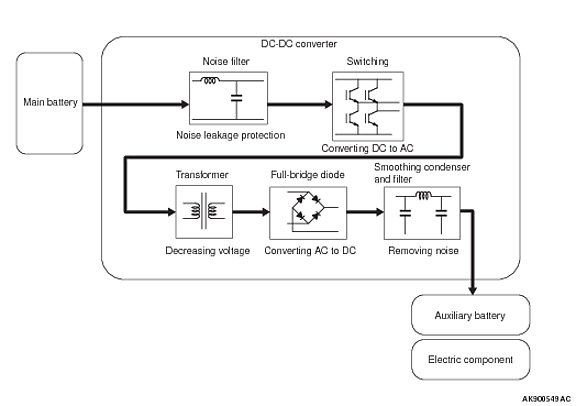electronpusher
Well-known member
- Joined
- Jun 25, 2017
- Messages
- 45
Ok, well there's your problem.
Anyway, strap in, this is going to be long.
So to begin with about a month and a half ago we went to go to the shops in our iMiEV and as we turned out of our street, we noted that the car had not charged fully, and that we had the red 12v battery warning light as well as the orange exclamation mark high voltage warning light. Hmm, thats weird, so we went back home, and did some troubleshooting. We first plugged it back in, and it did not charge, we then tried our charger from our Outlander, and still no dice. Hmm, ok. We then checked the battery, all good, but it did not appear to be charging when the car was on. Hmmm.
We then tried to get the error codes from the car, and Mitsubishi said, "yeah, nah, you cannot do that". We tried different software and hardware, but nothing would allow us to read the error codes. Hmmm, ok, guess we will need to take it to the local dealer to get the codes, as they seam to be proprietary, which is very annoying, error codes should be available to the owner, but nup, Mitsubishi ain't got time for that.
Ok, we went to the dealers, I told them the symptoms and the research we had done. I told them that based on the symptoms we think the issue is the DC/DC converter as other iMiEV owners with the same symptoms found the issue was the DC/DC converter. I asked them to get the error codes for us, at our cost of course. Two days later, after they said they were having difficulty working out what was wrong, they said that the issue is the Battery ECU, and that it costs $1300AUD to replace it. We knew that the DC/DC converter had a cost in the vicinity of $4000AUD, as we were pleasantly surprised that it was going to cost only $1300AUD. I asked them if they were sure that that was the problem, and I was assured it was, so we agreed to have the Battery ECU replaced.
Well, no ETA was given, and we expected it would be a few weeks. After a few weeks we went to the dealer, and they said that they were originally going to get the Battery ECU in August 2018, but now will have it on June 6th. Phew, August would have sucked. I still have a gut feel that it was the DC/DC converter, but without the benefit of diagnostics from the MUT III, it was hard to argue with them.
So this past Friday we went to see how things were going, only to find out that they have the Battery ECU, have replaced it, and it did not fix the issue. They now believe the issue is the DC/DC converter. Well **** me, I told them that in the beginning. We argued that we should not have to pay for the Battery ECU, but they refused to accept responsibility. I then said to take the Battery ECU out, and put in the original one. "Oh, that will cost you 5 hours of labour at $170AUD an our ($850AUD) and it won't be ready until next week sometime". Fuming, we said to leave the ECU in, we'll pay for it, but we want the error codes and the original part.
We took the car home this morning, and began the investigation ourselves.
So we made the car High Voltage safe, and removed the cover of the DC/DC converter. The DC/DC converter contains two boards, the top one I believe is the AC charger input, while the bottom one is the DC/DC converter. The AC charger connects to the DC/DC converter, where the DC is converted to 330v (?) for the traction battery, and 12v for the axillary battery. The top board looked ok, and both fuses on the top board were intact, and checked with a multimeter.
So we removed the top board, and low and behold there is some soot on a component of the bottom board. Further investigation found that it is an upright board where the soot originated from, which contains two surface mount resistors. One of these had popped its top, and spewed its remains on the black resin casing below it. Houston we have found our problem.
So, what to do now. We have a few options, first of all I may be able to replace the expired resistor, but I need to work out what the resistance of that resistor was. This is also a difficult job due to the placement of the resistor, so I have to be careful to not damage other components in the process. Option 2 is to work out which board contains the VIN locking (extortion coding), is it the top board, or the bottom board. The top board does appear to contain a chip, which may be the MCU for the board, however tomorrow I plan to remove the bottom board and see if I can locate any chips that may be a MCU on that one. If the extortion coded MCU is on the top board only, then we may get away with replacing the bottom board from a wrecked iMiEV.
So at this point we are still considering our options, I think I may attempt a repair first. After-all, I cannot make it any worse, just need to work out what resistance the resistor had (it has loads of resistance at the moment ).
The moral of the story, go with your gut, not the dealer, as they will replace component after component, rather than actually investigate the actual cause, and they will raid your bank account in the process.
Photos attached.

Anyway, strap in, this is going to be long.
So to begin with about a month and a half ago we went to go to the shops in our iMiEV and as we turned out of our street, we noted that the car had not charged fully, and that we had the red 12v battery warning light as well as the orange exclamation mark high voltage warning light. Hmm, thats weird, so we went back home, and did some troubleshooting. We first plugged it back in, and it did not charge, we then tried our charger from our Outlander, and still no dice. Hmm, ok. We then checked the battery, all good, but it did not appear to be charging when the car was on. Hmmm.
We then tried to get the error codes from the car, and Mitsubishi said, "yeah, nah, you cannot do that". We tried different software and hardware, but nothing would allow us to read the error codes. Hmmm, ok, guess we will need to take it to the local dealer to get the codes, as they seam to be proprietary, which is very annoying, error codes should be available to the owner, but nup, Mitsubishi ain't got time for that.
Ok, we went to the dealers, I told them the symptoms and the research we had done. I told them that based on the symptoms we think the issue is the DC/DC converter as other iMiEV owners with the same symptoms found the issue was the DC/DC converter. I asked them to get the error codes for us, at our cost of course. Two days later, after they said they were having difficulty working out what was wrong, they said that the issue is the Battery ECU, and that it costs $1300AUD to replace it. We knew that the DC/DC converter had a cost in the vicinity of $4000AUD, as we were pleasantly surprised that it was going to cost only $1300AUD. I asked them if they were sure that that was the problem, and I was assured it was, so we agreed to have the Battery ECU replaced.
Well, no ETA was given, and we expected it would be a few weeks. After a few weeks we went to the dealer, and they said that they were originally going to get the Battery ECU in August 2018, but now will have it on June 6th. Phew, August would have sucked. I still have a gut feel that it was the DC/DC converter, but without the benefit of diagnostics from the MUT III, it was hard to argue with them.
So this past Friday we went to see how things were going, only to find out that they have the Battery ECU, have replaced it, and it did not fix the issue. They now believe the issue is the DC/DC converter. Well **** me, I told them that in the beginning. We argued that we should not have to pay for the Battery ECU, but they refused to accept responsibility. I then said to take the Battery ECU out, and put in the original one. "Oh, that will cost you 5 hours of labour at $170AUD an our ($850AUD) and it won't be ready until next week sometime". Fuming, we said to leave the ECU in, we'll pay for it, but we want the error codes and the original part.
We took the car home this morning, and began the investigation ourselves.
So we made the car High Voltage safe, and removed the cover of the DC/DC converter. The DC/DC converter contains two boards, the top one I believe is the AC charger input, while the bottom one is the DC/DC converter. The AC charger connects to the DC/DC converter, where the DC is converted to 330v (?) for the traction battery, and 12v for the axillary battery. The top board looked ok, and both fuses on the top board were intact, and checked with a multimeter.
So we removed the top board, and low and behold there is some soot on a component of the bottom board. Further investigation found that it is an upright board where the soot originated from, which contains two surface mount resistors. One of these had popped its top, and spewed its remains on the black resin casing below it. Houston we have found our problem.
So, what to do now. We have a few options, first of all I may be able to replace the expired resistor, but I need to work out what the resistance of that resistor was. This is also a difficult job due to the placement of the resistor, so I have to be careful to not damage other components in the process. Option 2 is to work out which board contains the VIN locking (extortion coding), is it the top board, or the bottom board. The top board does appear to contain a chip, which may be the MCU for the board, however tomorrow I plan to remove the bottom board and see if I can locate any chips that may be a MCU on that one. If the extortion coded MCU is on the top board only, then we may get away with replacing the bottom board from a wrecked iMiEV.
So at this point we are still considering our options, I think I may attempt a repair first. After-all, I cannot make it any worse, just need to work out what resistance the resistor had (it has loads of resistance at the moment ).
The moral of the story, go with your gut, not the dealer, as they will replace component after component, rather than actually investigate the actual cause, and they will raid your bank account in the process.
Photos attached.


